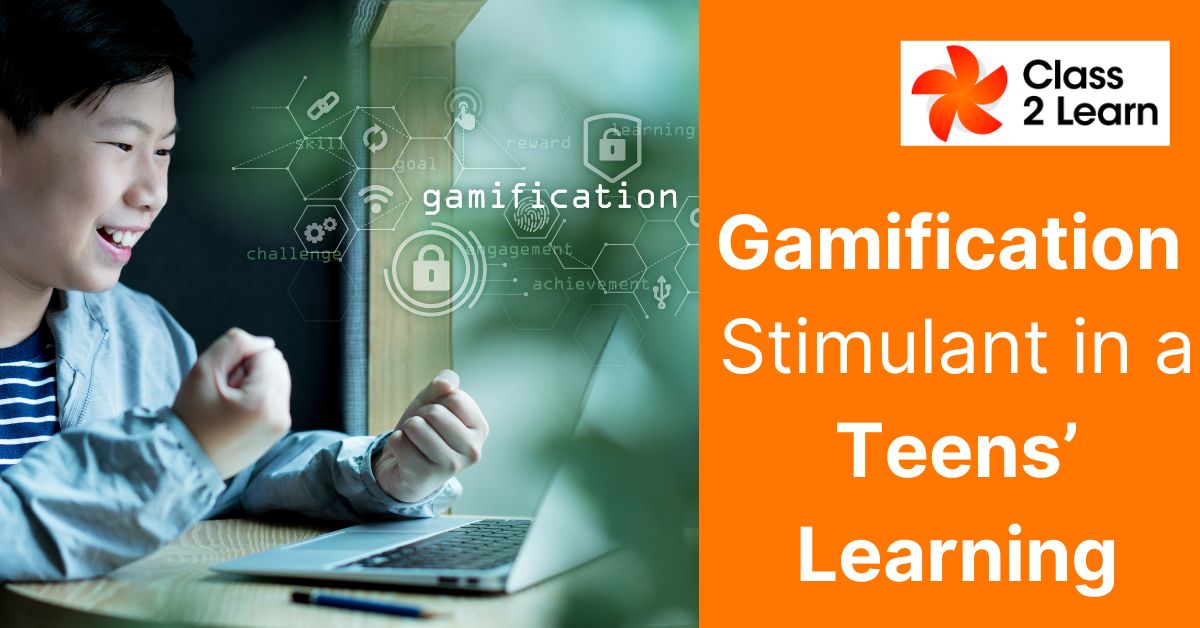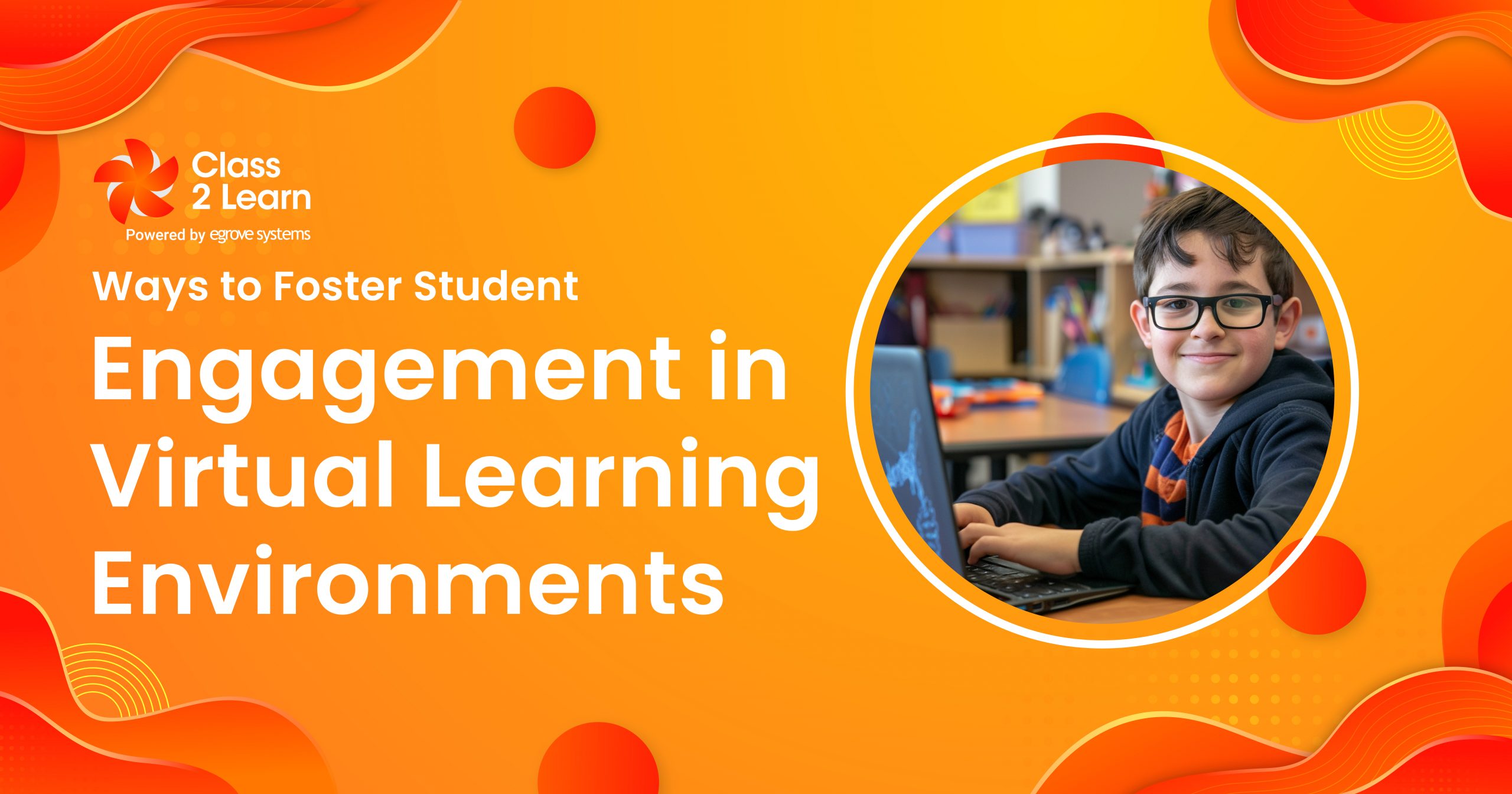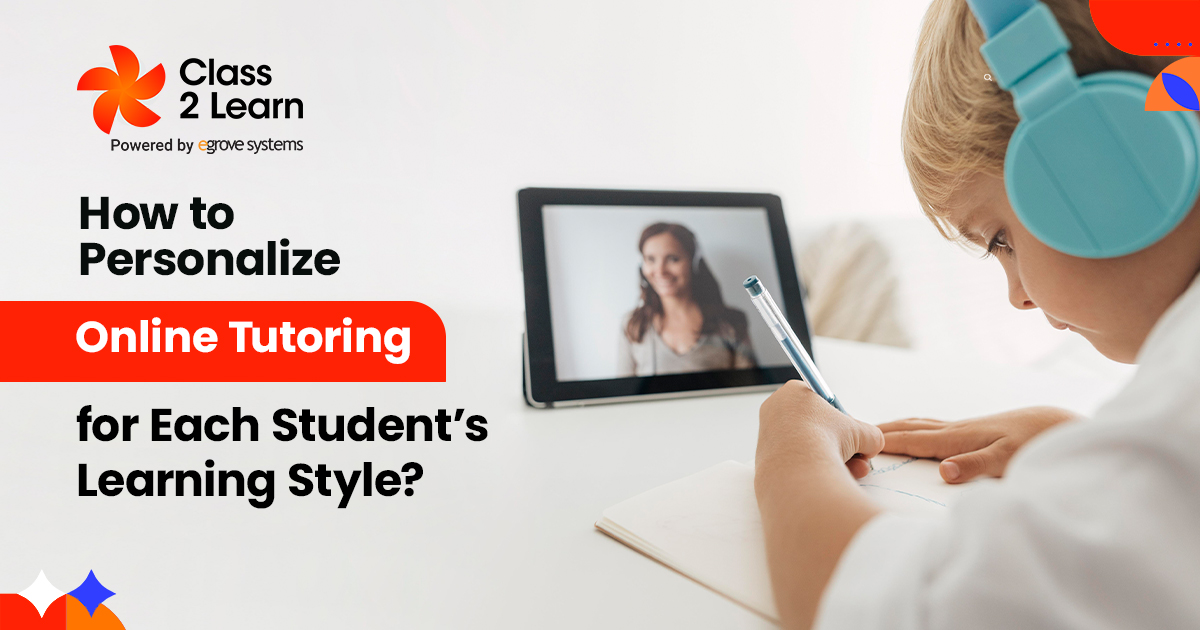Games have always been an effective teaching strategy, regardless of age group. Many educators have effectively taught complex ideas using games because a person’s mind is more attuned to learning when there are fun activities involved. Even teenagers, famous for their apathy and angst, benefit greatly from educational games, provided that the right type of game is played!
Gamification for learning is the use of game mechanics to improve learning. The gamification of learning is an educational strategy that aims to inspire students by incorporating game mechanics and design aspects into classroom settings.
By piquing learners’ interests and motivating them to keep studying, the aim is to maximize fun and engagement. Gamification is the technique of integrating game components into situations that don’t often involve games.
Although many of these elements are present in traditional training models, gamified instruction makes them more visible and immediate. Doing so produces a variety of improved results. Assuming your online learning technology has gamification available.
The six Gamification ways that stimulate a Teens’ Learning:
Prolonged Engagement:
Students who learn in a gamified environment engage significantly more than those who don’t. Since the 1990s, we’ve known that video games can be addictive because they trigger the same dopamine responses as other potentially addictive behaviors like smoking and gambling.
Gamified education uses hardwired neurological impulses to improve how long students focus on their learning. As any teacher—and this study, among others—will tell you, engagement is one of the most important aspects of successful education.
When students are engaged, they concentrate in class, learn quickly, and remember what they have learned. Students who aren’t engaged often leave a session feeling as if they learned little or nothing.
Structured Motivation:
Small, intermittent successes associated with completing discrete and immediate tasks motivate people. From Microsoft executives to Stephen Covey, business leaders have seen firsthand the power of structured micro-achievements—the small, one-step tasks that make up every project, from doing the laundry to building a skyscraper.
Covey created an empire of day planners who cross tasks off a list. Microsoft gained market dominance by emphasizing achievements—non-story-related tasks that demonstrate game proficiency—on their Xbox Live platform.
Gamified education is based on many such tasks. Instead of studying multiple chapters and completing one test in a month or semester of work, participants complete one or two short tests per session. This structure works better and produces better results in some ways our brain works.
Establish Benchmarks:
Gamified learning divides learning activities into smaller, more manageable units, each with a quick reward for completion. This results in two significant advantages in addition to the above-discussed rationale.
Students gain a sense of potential, achievement, and agency as a result of it first. The learner’s confidence increases along with their competence as a result of consistent proof of advancement and rising mastery. Involvement and enthusiasm are encouraged by this. Second, it gives instructors more freedom to customize their lessons.
Teachers are liberated to concentrate on supporting students where they individually need it rather than maintaining a uniform pace because they have to teach a complete group since the framework of a gamified curriculum governs student development and grants more agency over the speed of learning.
Gamification, in essence, improves the learning environment for all participants.
Direct improvement in cognitive development
Your brain is compared to a muscle, it has been suggested. It will become stronger the more you use it. A crossword or Sudoku problem, for instance, is similar to mental pushups. It works your brain in the same way that calisthenics works your heart.
Although physiologically fundamentally wrong, that analogy is useful. However, the fundamental thesis is supported by studies done by Dr. Aliya Hisam and her group.
Dr. Hisam and her team’s research discovered that youths who played video games consistently outperformed non-players in tasks requiring analogies, processing speed, logical reasoning, and mathematics. This finding was in reaction to the expanding trend of incorporating video games in education.
Learning new things more quickly and applying them more effectively are both benefits of improved cognitive ability. This starts an upward spiral in the ideal gamified learning environment. The game increases cognition, which fosters better cognition, which fosters even better cognition, which fosters even better learning performance.
Fosters Competitive Friendship
The achievements and points that are part of gamified learning encourage rivalry. When given the chance to gauge their growth or accomplishment, most people compare it to that of those around them. With very few exceptions, it seems to be a fundamental aspect of human nature.
The gamification process capitalizes on this propensity by presenting up-front, transparent measurements of success. To achieve this, it incorporates levels, achievements, and scores into the process, updating them as soon as a task is finished.
Improved cooperation, social learning, higher vital motivation, growth thinking, and increased self-assessment of progress and abilities are all competitive advantages. All of this increases the performance of life.
Building a Personalized Learning Environment:
The gamified learning environment provides learners with choices related to attendance, levels, tasks, and speed of completion. This possibility of personalizing learning and tailoring it to the needs of each student is an important advantage of gamification. Giving students learning options enhances their sense of autonomy, and such personalized options are particularly beneficial for student involvement.
By considering student motivation levels, personalities, and play preferences, instructional designers can also create formats that better match the demographics of a particular student. This adaptability is difficult to achieve in a traditional classroom environment because it is limited by the time and resources that teachers can differentiate.
A gamed learning environment enriches the student’s learning experience by providing students with an area of options and opportunities to take risks and enhance their understanding without fear of failure.
Surprisingly, a 2014 study found that personalized online virtual learning environments improve student exam performance, satisfaction, and self-efficacy compared to non-personalized virtual learning environments.
Conclusion:
Gamification in learning alleviates some of the modern learning difficulties including decreased student engagement, motivation, and a lack of cooperation among students. The process of gamification gives a powerful and unforgettable learning experience because it is the trigger point that unleashes real-life and strong emotions like joy, curiosity, the urge to compete, and a more over a greater sense of achievement. Many education institutes and schools all over the world use the power of gamification, with belligerent success and terrific results.





Add comment